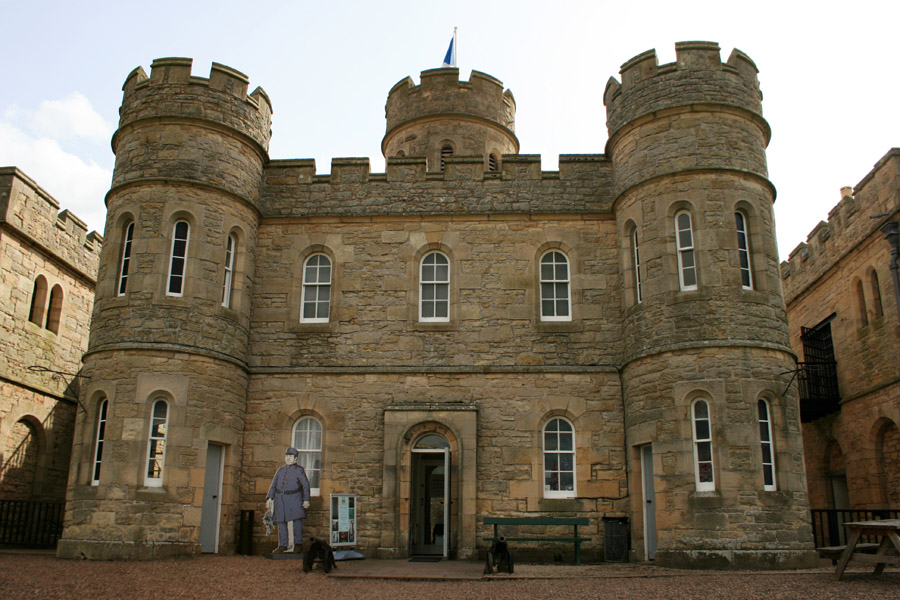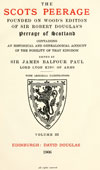

Jedburgh Castle was demolished in the 15th century, and is now the site of Jedburgh Castle Jail and Museum.
Although nothing now remains of Jedburgh Castle, it’s easy to see why this spot was chosen. With a commanding view over the surrounding countryside, the castle would have dominated the town, standing on an earthen mound at the top of Jedburgh’s main street (the High Street, becoming Castle Gate as it climbs the hill).

The first castle at Jedburgh is thought to have been a wooden motte and bailey structure built in the first half of the 12th century by David I. A royal castle, it was the place of death of David’s grandson and successor Malcolm IV in 1165.
In 1174 the next king, William I, Malcolm’s brother, was captured by the English at the Battle of Alnwick. To secure his release the Scots signed the Treaty of Falaise which gave the English possession of the castles of Roxburgh, Berwick, Jedburgh, Edinburgh, and Stirling.
In 1189 the castle returned to Scottish hands when Richard the Lionheart terminated the agreement in return for 10,000 silver marks. However over the next couple of centuries the castle changed hands several times as a result of border wars between Scotland and England, and in 1409 Jedburgh Castle, by now a stone structure, was demolished by the Scots under Sir James Douglas of Balvenie, the 7th Earl of Douglas, to prevent it being occupied again by the English.
The site was later used for Jedburgh’s gallows, and later still became overgrown with trees. In 1823 the last remains of the castle were removed and a jail was built. This operated until 1886, and it is now run as Jedburgh Castle Jail and Museum.


Where is Jedburgh Castle?
Jedburgh Castle is in the parish of Jedburgh and the county of Roxburghshire.
Grid reference: NT 64761 20184
Lat / long: 55.474211, -2.558952









